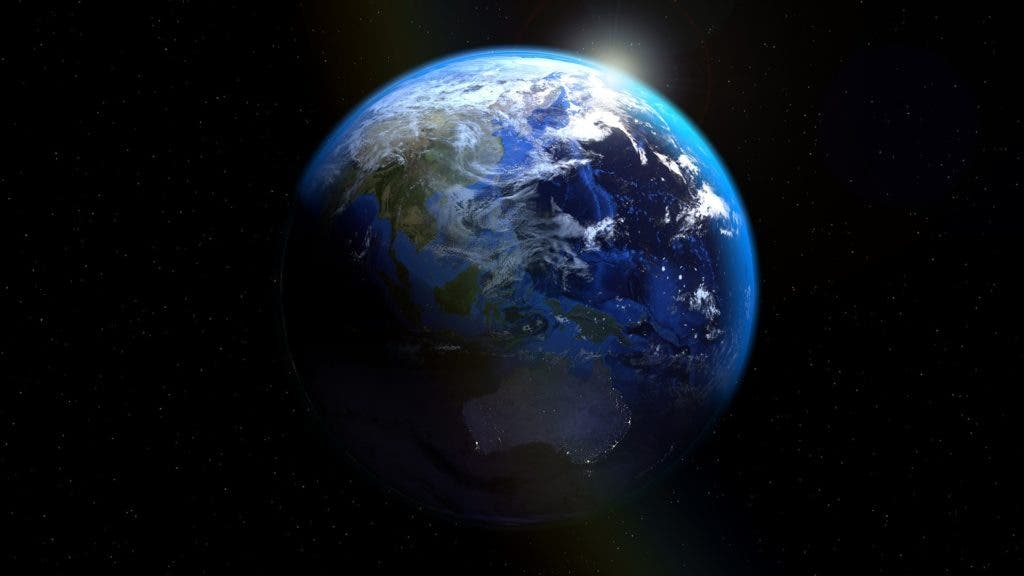
The current consensus among astronomers is that there should be at least as many planets as there are stars. There are 100 billion galaxies in the universe, each containing about a billion trillion stars. With such a stupendous amount of exoplanets, many other Earth-like worlds should be bound to exist — maybe.
How many planets are there really in the universe?
Erik Zackrisson, an astrophysicist at Uppsala University in Sweden, crunched the numbers on a computer model that simulated the evolution of the universe since the Big Bang.
He found that — given our current understanding of the universe and the laws of physics — there should be 7 times 1020 planets in the universe. That’s 7 followed by 20 zeroes or 70 quintillion.
With such an abundance of exoplanets, you’d think that the odds of finding a second Earth among them are good. Zackrisson, however, found that a planet such as ours may actually be incredibly rare.
Most of the planets generated by the researchers’ model are extremely different from Earth. They’re generally larger, older, and quite unlikely to support life due to their orbit around their parent stars.
Scientists classify an exoplanet — which is any planet outside our solar system — as “potentially habitable” if it happens to orbit in the so-called “habitable zone” of a star, also known as the “Goldilocks” region. In this orbit, the surface temperature is just right, allowing liquid water to flow.
As of 1 May 2023, scientists have confirmed 5,366 exoplanets but only around 63 of them orbit in the habitable zone of their parent stars.
Zackrisson’s model suggests that our planet may be a statistical anomaly. The average age of the planets generated by the model is well above Earth’s and they’re typically located in galaxies vastly unlike the Milky Way, the researcher reported in The Astrophysical Journal. Most planets also orbit stars with different compositions from the Sun.
Why do we seem alone in the Universe?
This may explain Fermi’s paradox — the notion that there is a virtually limitless number of stars, but nevertheless, you don’t see much life floating around. If there is truly an abundance of Earth-like planets in the galaxy, then a civilization with a head start of a few billion years should have colonized the entire Milky Way by now.
Perhaps, Earth is truly unique — it is, at least, a possibility.
There is a major caveat to this study — that our inferences are only as good as our data. Most of these exoplanets discovered thus far were identified by the now-defunct Kepler space telescope. Due to the way it was designed, however, Kepler was biased toward massive planets at least several times larger than Earth that closely orbit their stars.
Naturally, most of them are uninhabitable. Finding smaller planets that orbit farther away from their parent stars requires different observation techniques, which are still experimental, and more advanced telescopes.
In addition, most of what we know about exoplanets is based on observations of a very small patch of our galaxy.
Nevertheless, this intriguing study shows that, perhaps, we are not as insignificant as we might think. And, that’s all the more reason to cherish this pale blue dot of ours even more.






